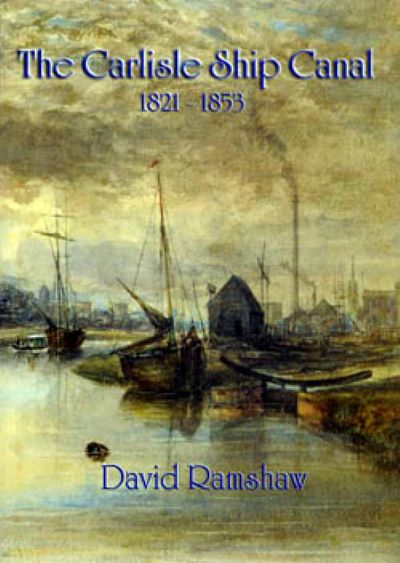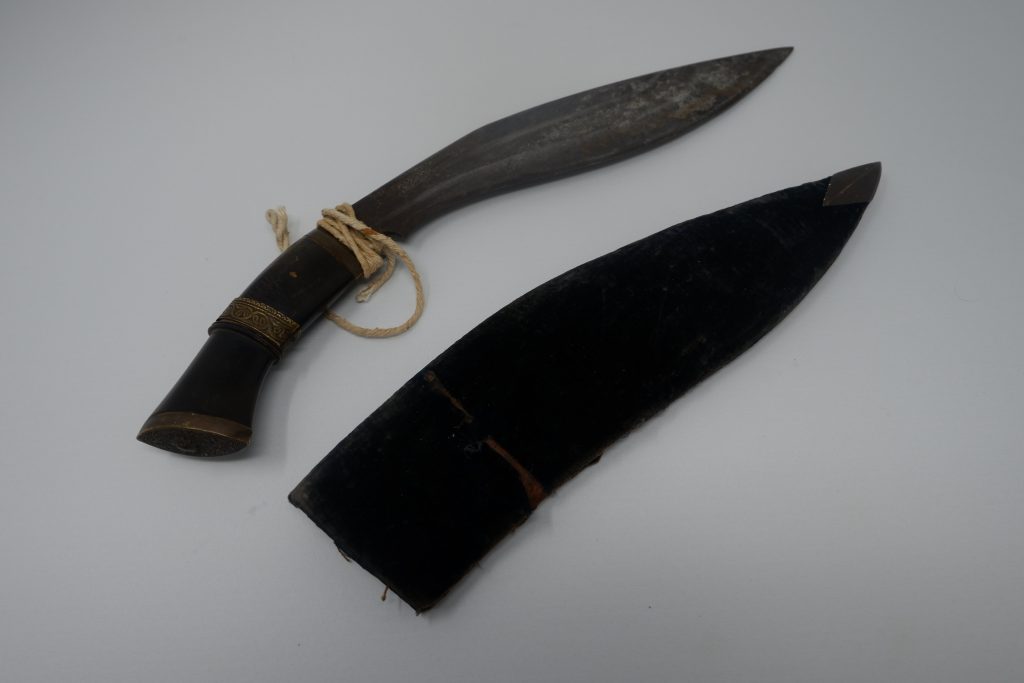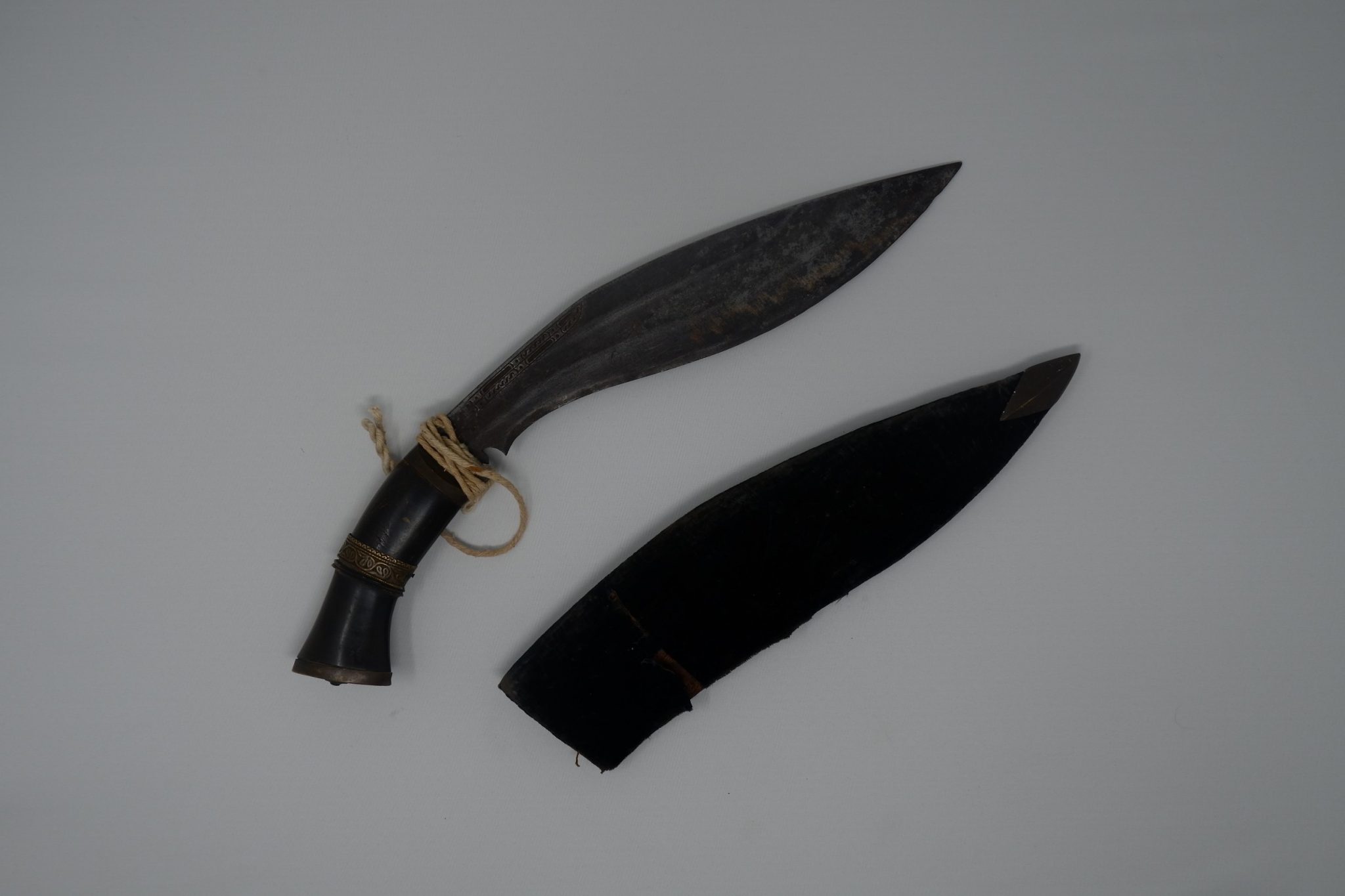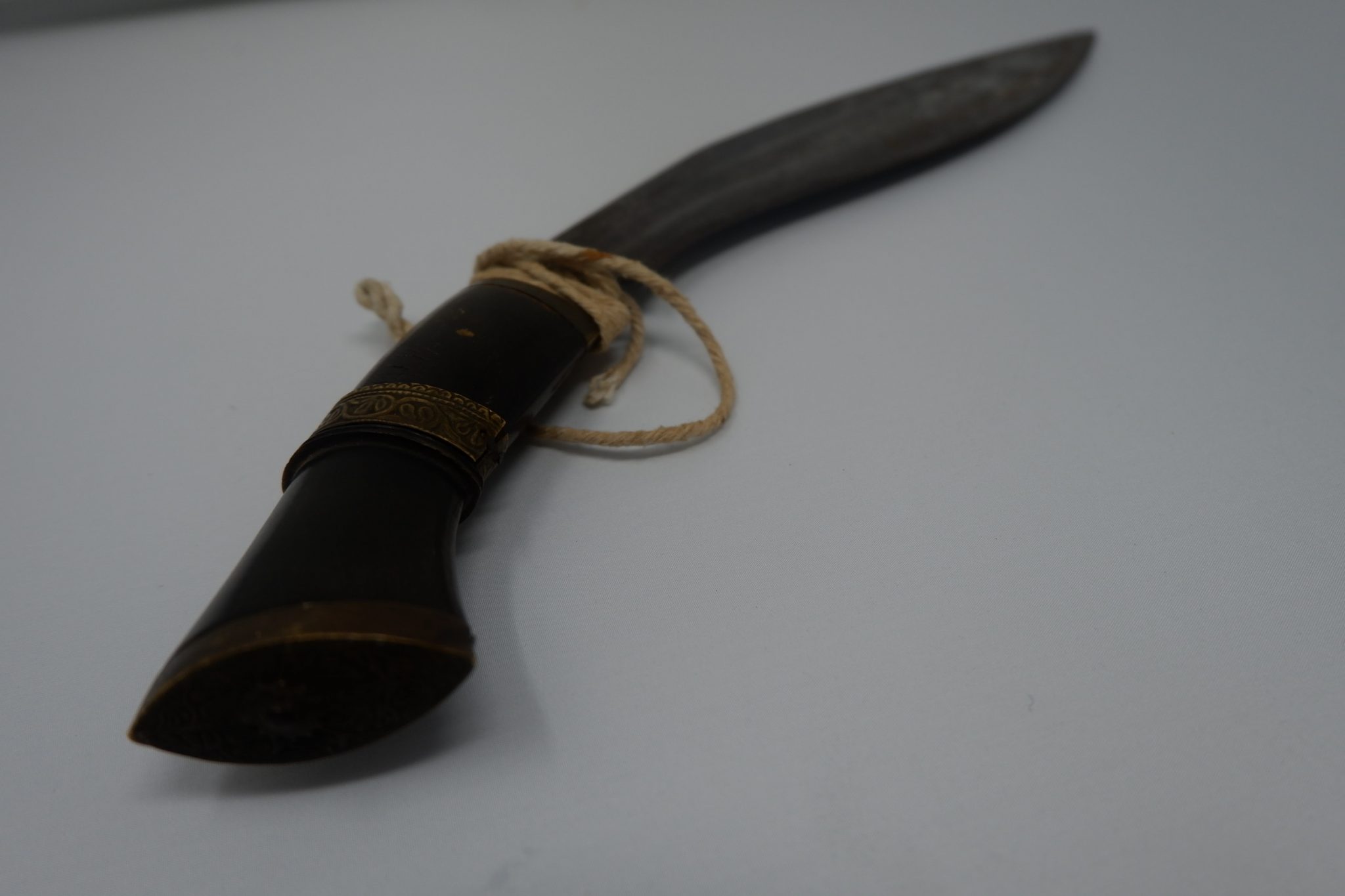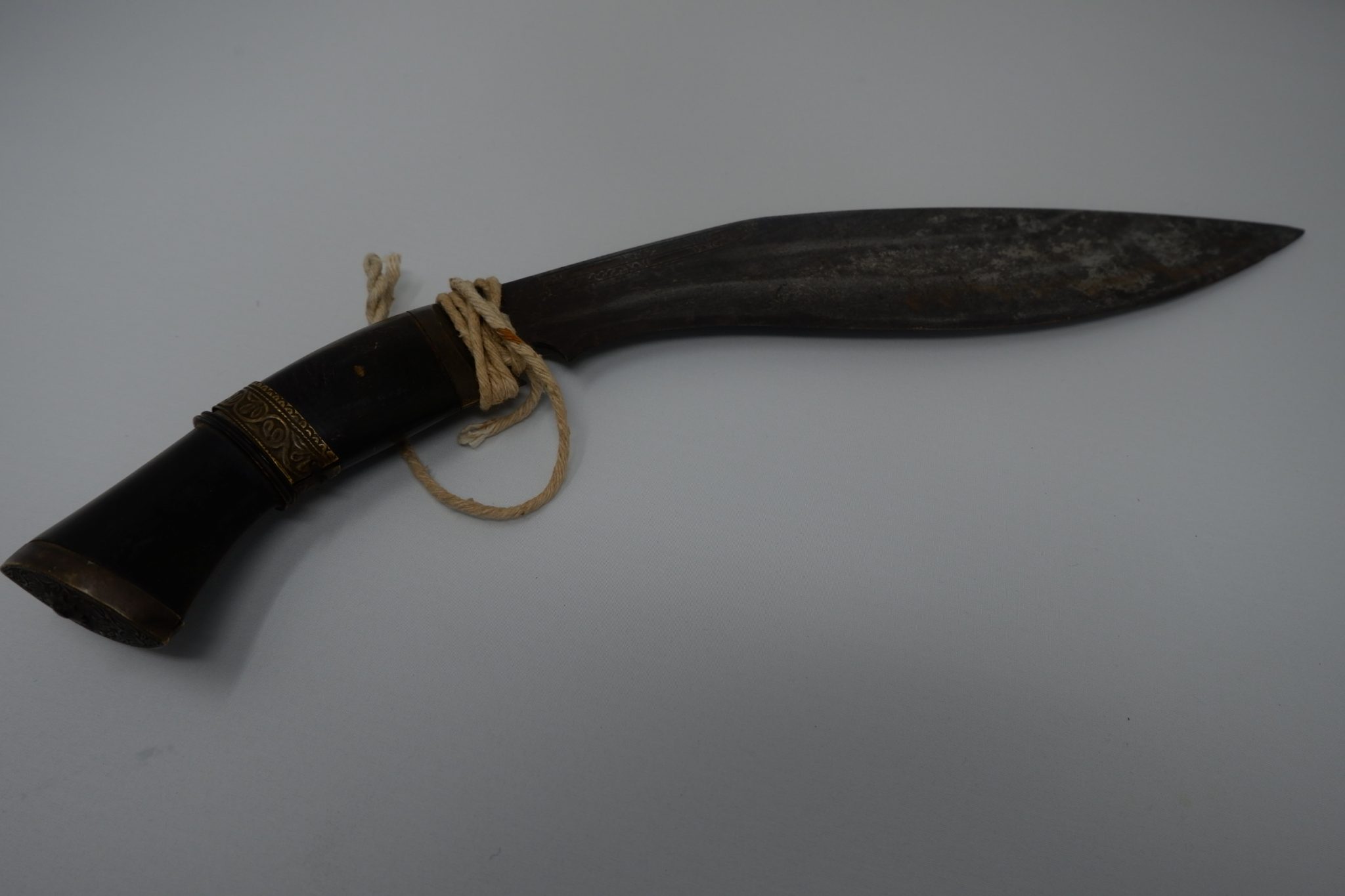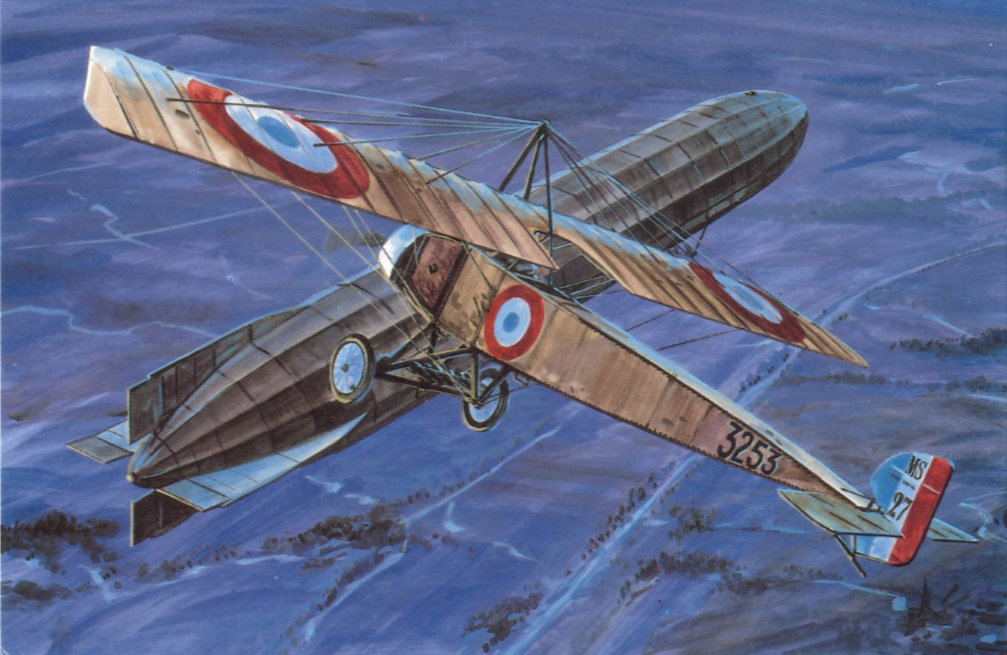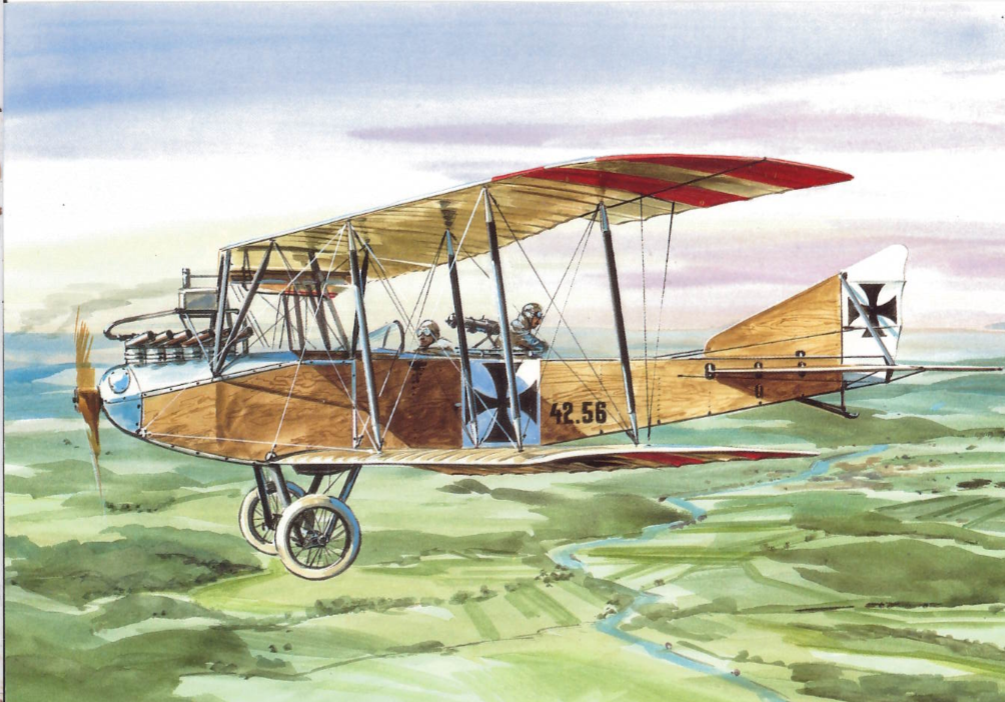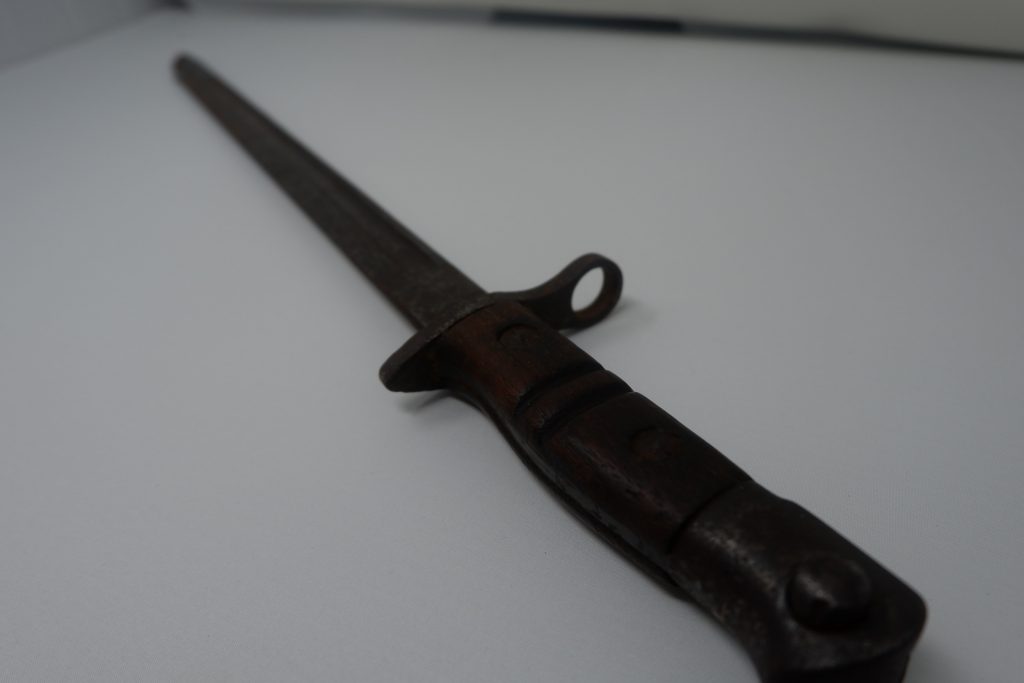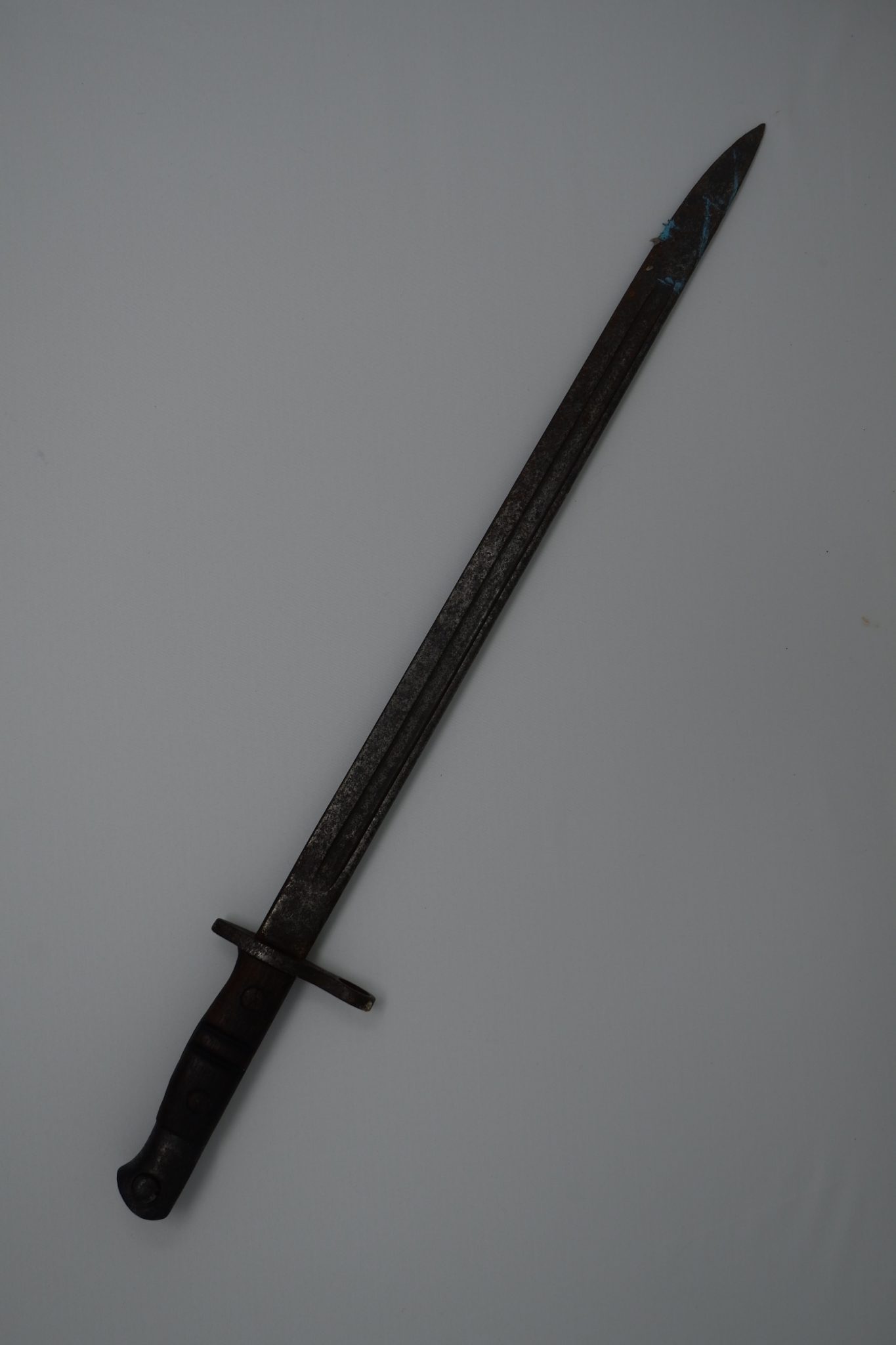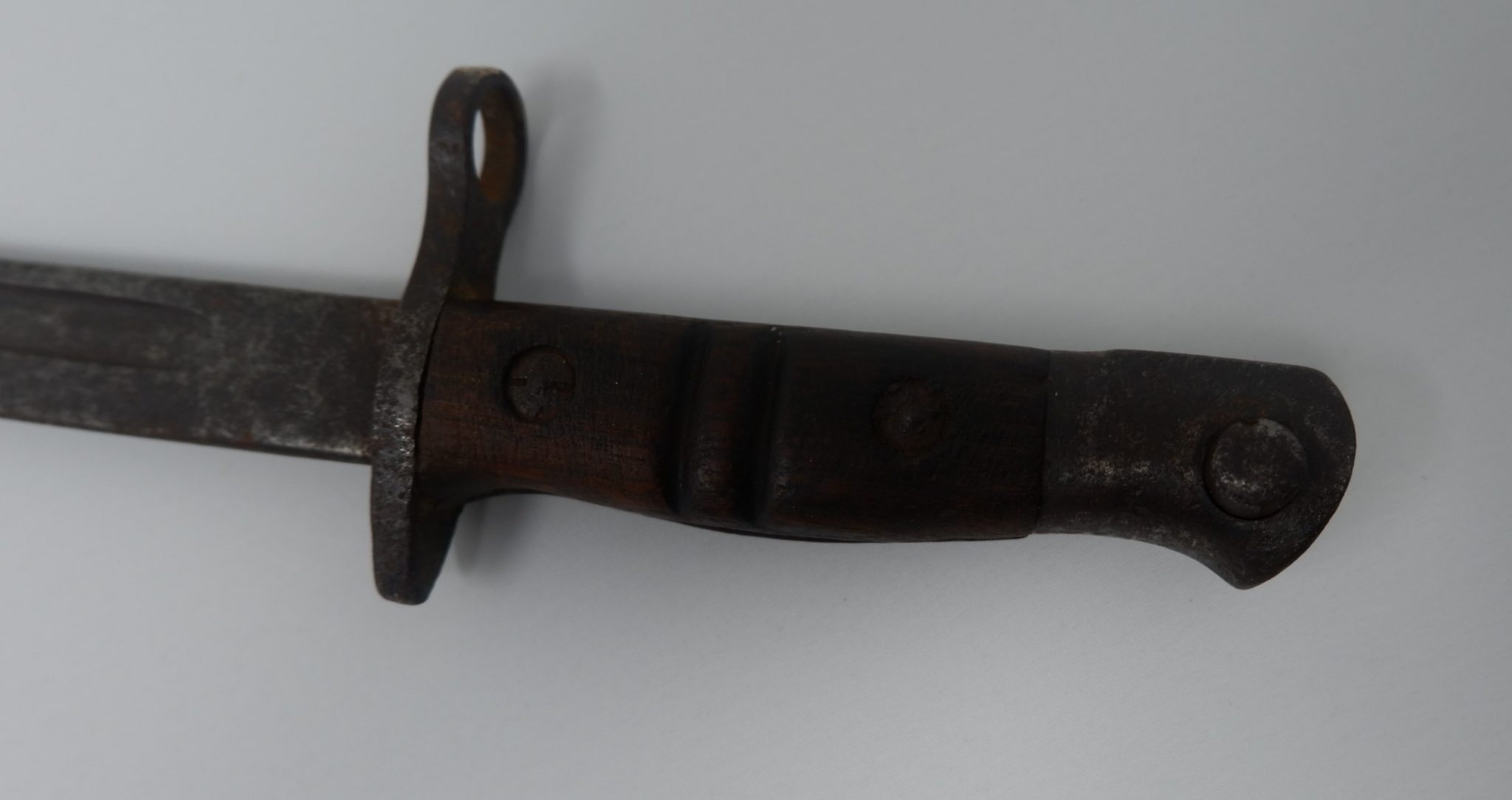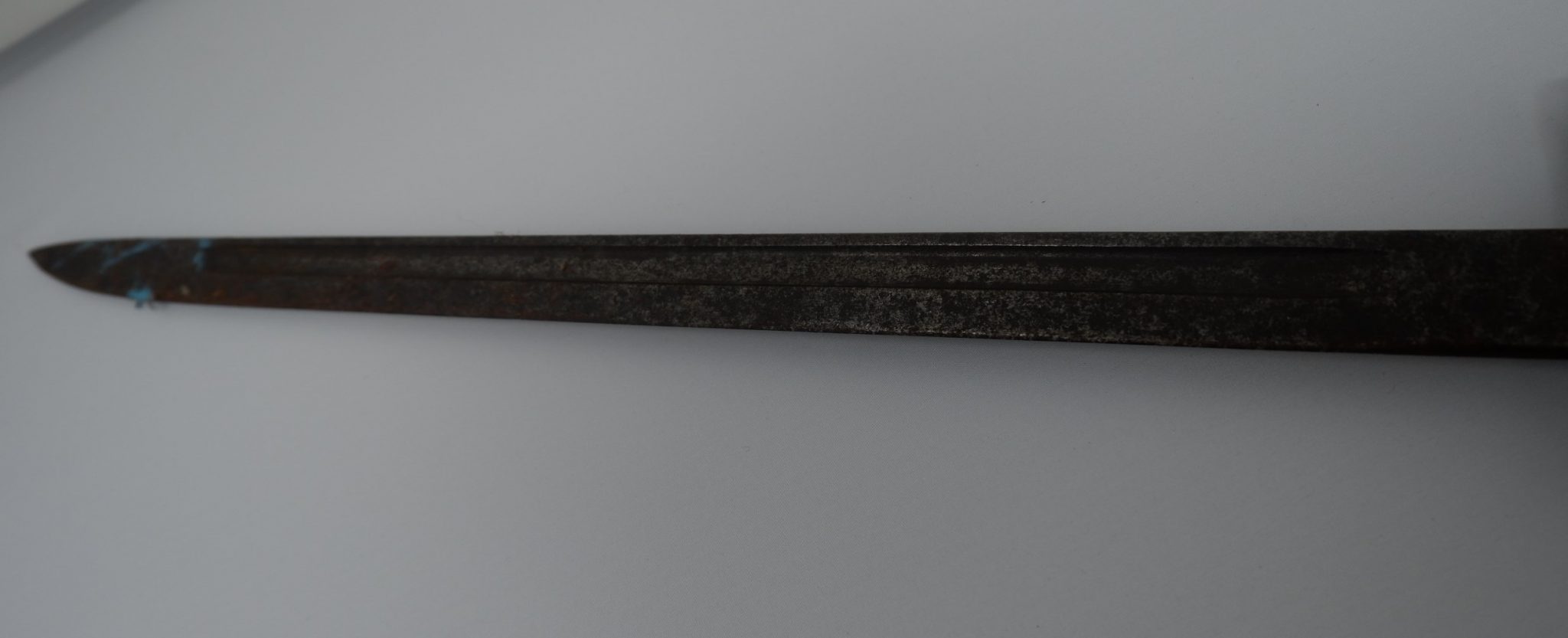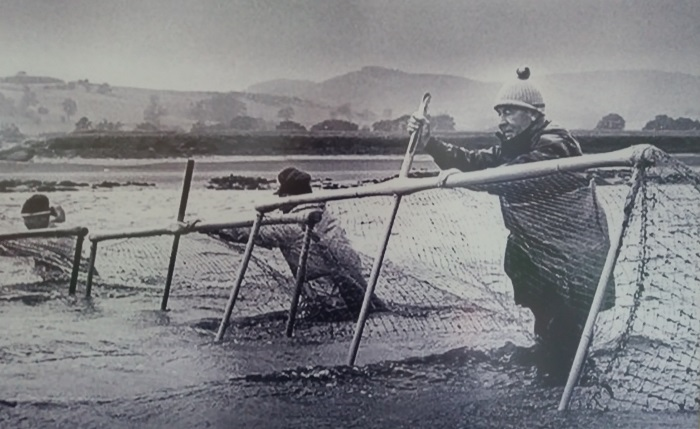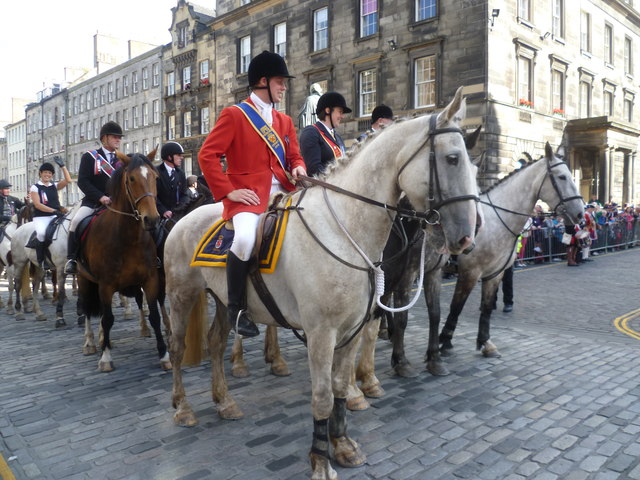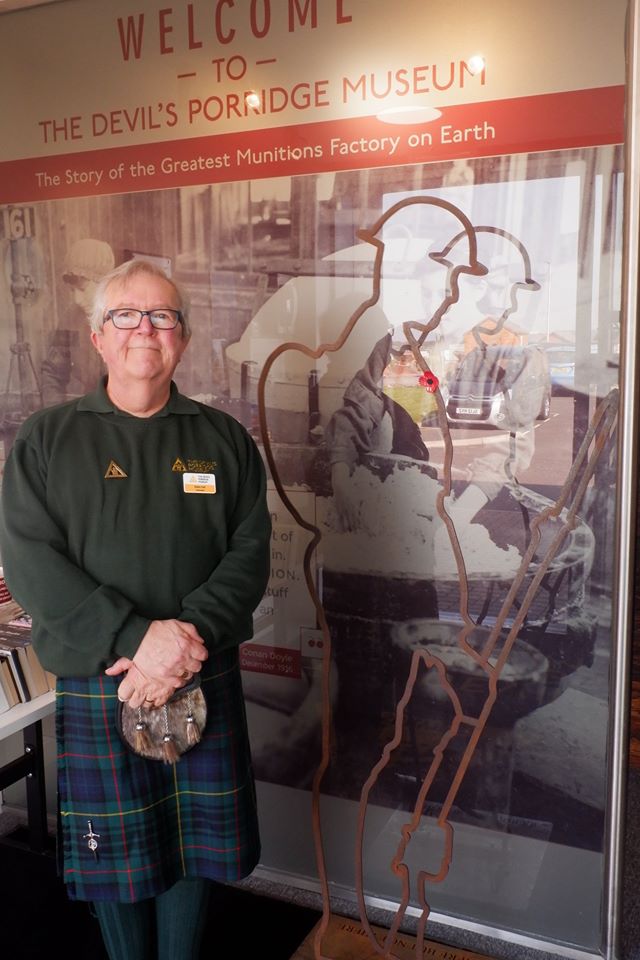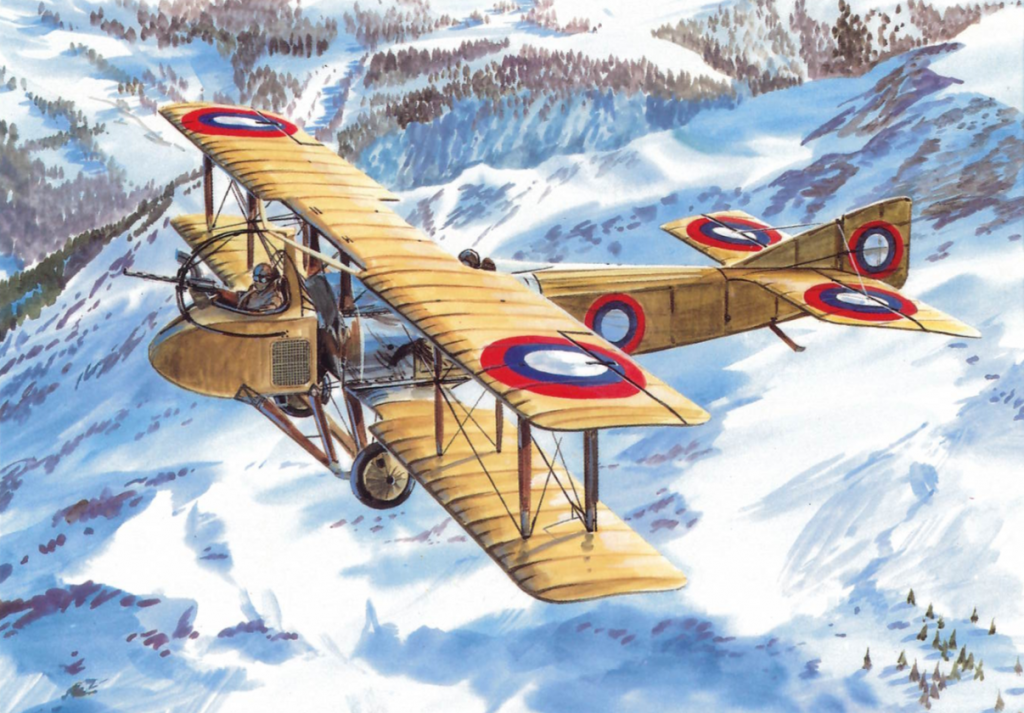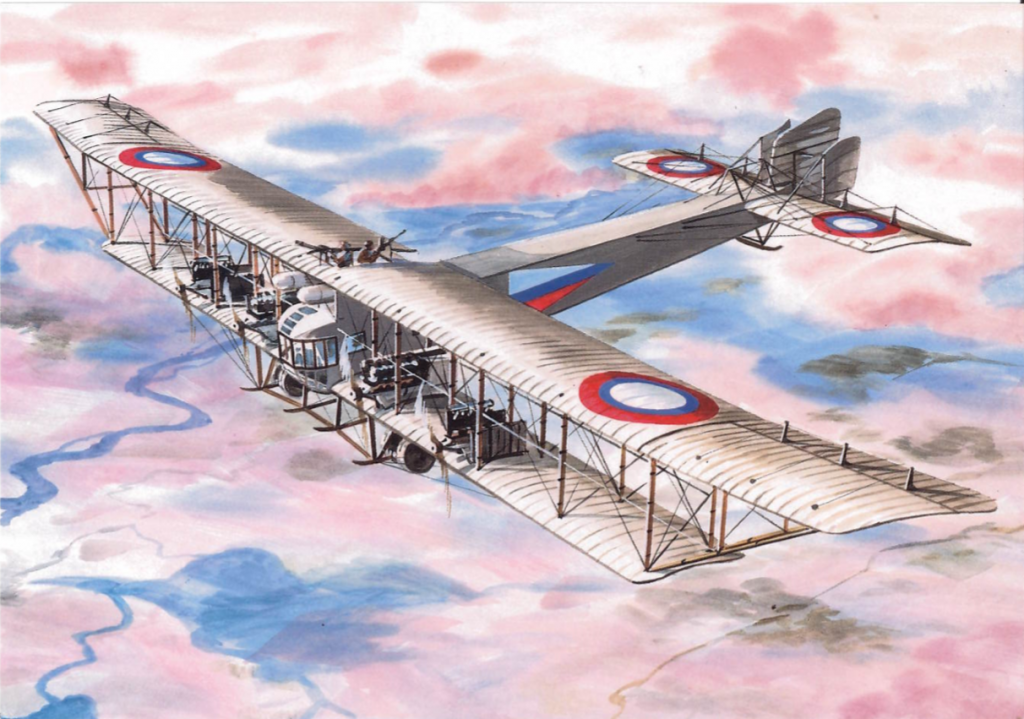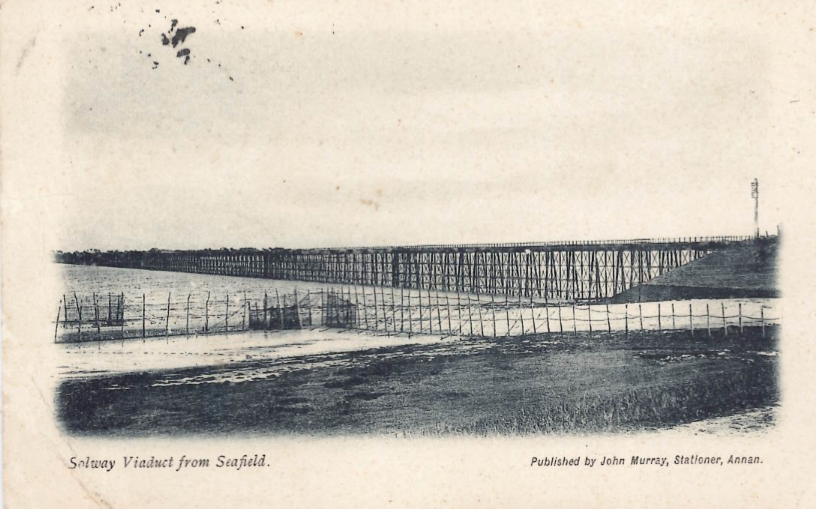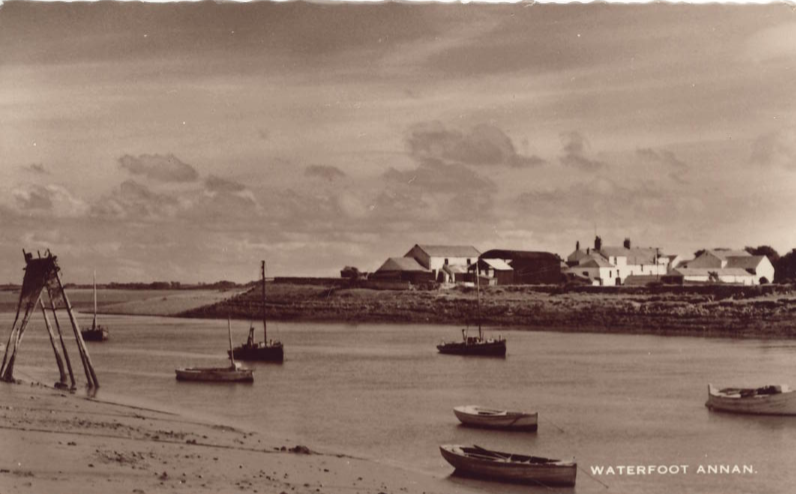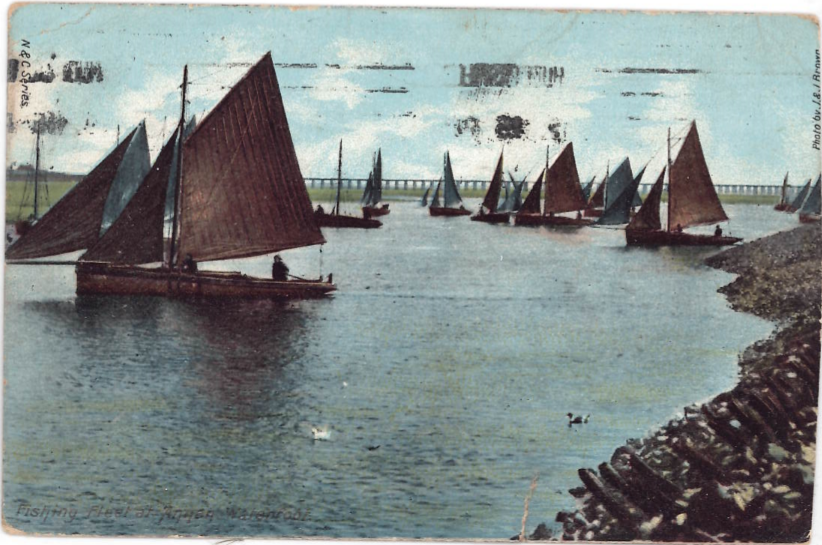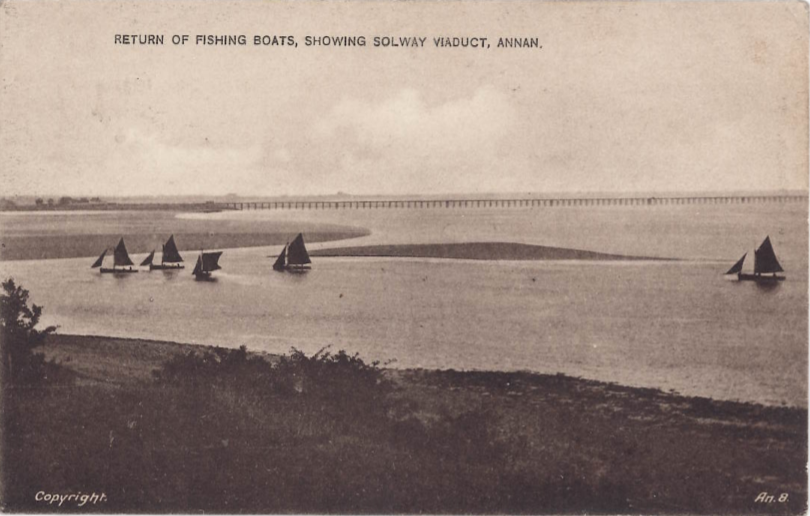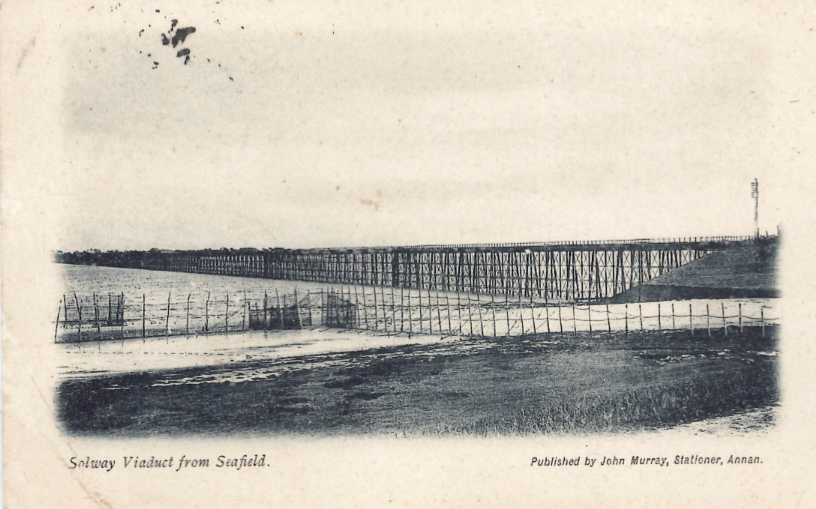Our volunteers have been keeping busy during lockdown: getting involved in podcast projects and completing online training. Robin Hall, a Trustee of the Museum, recently completed Autism Training. He has written about this experience below…
“What do you do when you are in isolation and not able to volunteer at the Devil’s Porridge Museum, Eastriggs? Well I suppose I could do some training. Enhance my knowledge about HM Factory Gretna…
The phone then rings and it is Steven, the Access and Learning Officer from the Museum wanting to know if I would like to do an online training course about Autism
Like many of our volunteers, I regularly assist with group and school visits to the Museum. Some of the visitors are on the autistic spectrum and I have limited knowledge of how to interact with them.
In 2019, we had a school group visiting and an incident led to a young boy in the group who was autistic becoming very upset. I did not know how to deal with him. I also have a grandson who is autistic and find it difficult to communicate with him at times.
So, it was a bit of a no brainier the Museum was offering me a training course and I was looking for something to do during the lockdown.
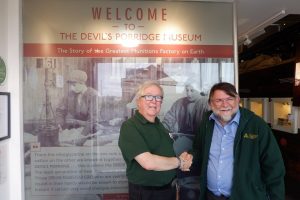
Robin with Museum Chairman, Richard Brodie.
I completed the course and passed the eight module assessments and final examination. The course included modules such as diagnosing autism, what causes autism and autistic behaviours. I was awarded a certificate for my efforts having achieved 93%. I now have a much better understanding of autism which effects one in every hundred people in UK.
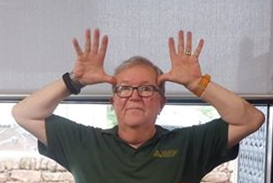
I am now 68 years old and still learning. There are further courses in Autism Spectrum Disorder (ASD) and Dyslexia which I am interested in. I would like to look into becoming the Special Education Needs Co Ordinator for the Museum and work with my colleagues to develop resources for autistic visitors to use.
There are lots of autistic children who are not getting the help they need due to a lack of knowledge. If one in a hundred children is autistic you may know someone who needs help. Thanks to The Devil’s Porridge Museum I hope to be able to help some of them.”
Thanks to Robin for this account and well done to him and his lovely wife, Wendy, for both passing this course.
